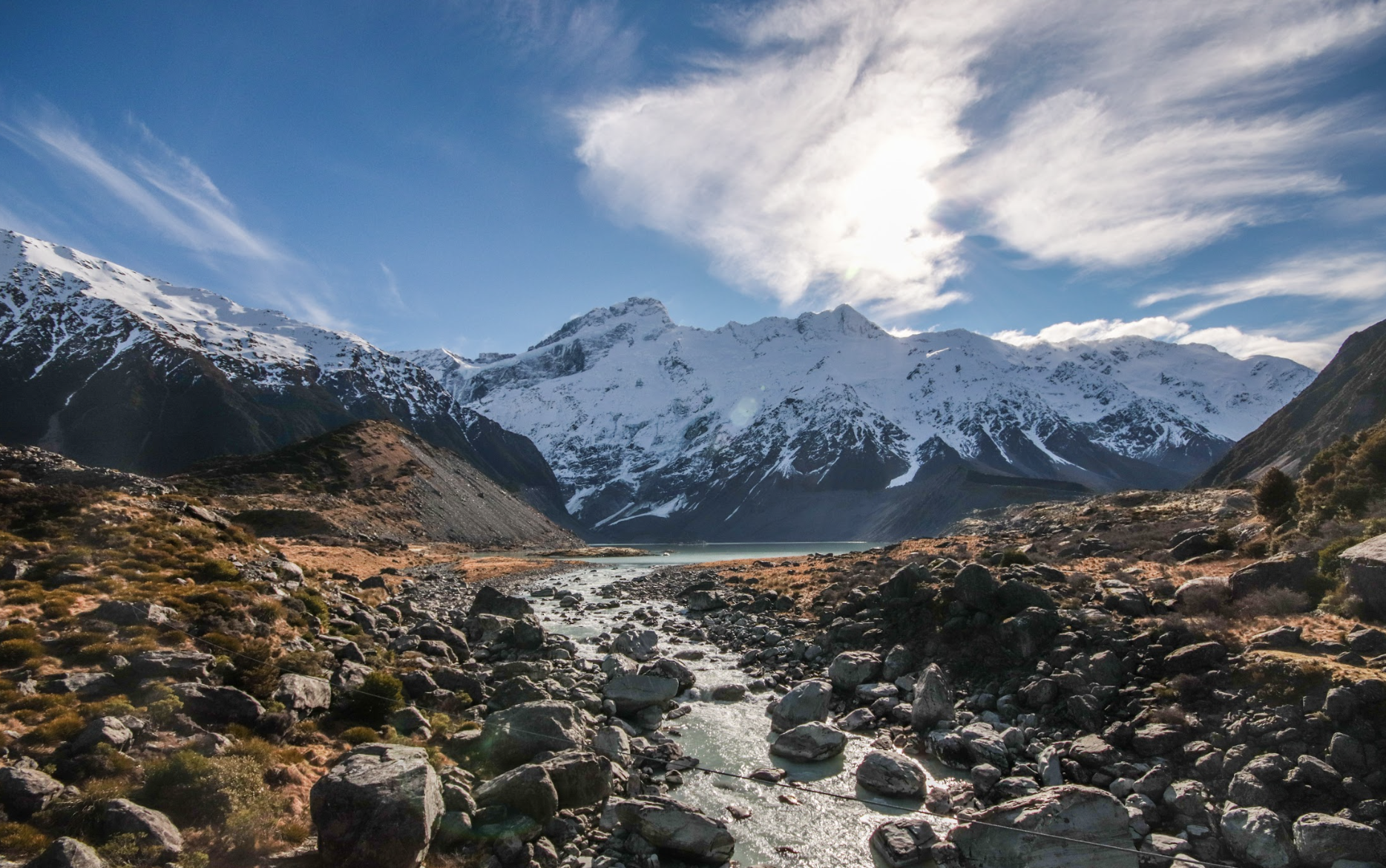Today marks a historic confluence as we celebrate the first-ever World Glacier Day followed tomorrow by World Water Day. As communities worldwide celebrate our planet’s most precious resource, the United Nations has designated 2025 as the International Year of Glacier Preservation. This urgent global initiative comes as glaciers experienced their greatest water loss in over 50 years in 2023, with all glaciated regions worldwide reporting ice loss.
“Glaciers don’t care if we believe in science – they just melt in the heat,” warns Dr. Carolina Adler of the Mountain Research Initiative. These melting glaciers threaten freshwater supplies for more than 2 billion people and create cascading hazards for downstream communities.1
Glacier Retreat, Climate Change, and Dam Risks
Glaciers function as natural water towers, storing winter precipitation as ice and releasing it gradually during warmer months. This natural regulation creates reliable flows in glacier-fed rivers that communities have depended on for generations. During dry seasons, glacier meltwater often provides the majority of river flow, ensuring water availability when rainfall is scarce.
Scientific research confirms these critical relationships. As researchers Fell, Carrivick, and Brown note in their 2017 study published in BioScience, “Glacier retreat and loss will alter the proportional contribution of ice melt, snow melt, and groundwater to proglacial mountain-river systems,” completely reworking river ecosystems and affecting downstream communities.2
The Teesta Dam Disaster: When GLOFs Meet Dams
At International Rivers, we witness these impacts firsthand across our work in glacier-fed river basins—and we’re documenting how large dams compound these dangers, creating a deadly combination of climate vulnerability and engineering failure.
The recent Teesta River disaster in India provides a stark example of what happens when glacial lake outburst floods meet poorly-placed, human-built dam infrastructure. A glacial lake outburst flood (GLOF) is a sudden and catastrophic release of water from a glacial lake that typically occurs when the natural ice or moraine barrier containing the lake fails or is overtopped. These events can release massive volumes of water and sediment downstream, causing severe flooding and damage to communities and ecosystems in mountainous regions.
On October 4, 2023, a GLOF triggered a landslide that surged down the Teesta River in Sikkim, India, completely destroying the 1200MW Teesta III dam at Chungthang. A dam that took over ten years to build at a cost of $1 billion was destroyed in just ten minutes. Over 55 people were confirmed dead, with more than 70 people still missing. The disaster affected more than 80,000 people across the region, destroyed critical infrastructure, and isolated entire villages. Flood impacts extended far downstream into West Bengal and Bangladesh, affecting thousands more.
Most tragically, this disaster was preventable. Local groups like the Affected Citizens of Teesta (ACT) had protested dam construction in this region for over 15 years, warning about exactly this type of disaster. “We knew that this was coming, and this has finally proved true,” said Gyatso Lepcha, general secretary of ACT.
Glacier-Fed Rivers Under Dual Threat
Climate science shows that glacier-fed rivers face two major threats:
- Climate change – Accelerating glacial melt is creating more and larger glacial lakes in unstable conditions, increasing GLOF risks
- Dam construction – Hydropower dams in high-risk glacial areas compound natural hazards with artificial ones
South Asia is particularly vulnerable to GLOFs, yet hydropower dams continue to be planned and built in these regions–partly because of increased water flows from glacial melt–despite increased frequency of extreme weather events, high seismic activity in regions like the Himalayas, and Indigenous and local knowledge consistently warning against such projects.
International Rivers’ Call to Action for Glacier Protection
Despite the fact that large dams are often promoted as climate solutions, they are, in fact, climate liabilities, especially in glacial environments. Free-flowing rivers, by contrast, have evolved over millennia to handle seasonal variations and occasional extreme events.
At International Rivers, we advocate for:
- Immediate safety reviews of all dams in glaciated regions
- A moratorium on new dam construction in areas prone to GLOFs
- Removal of particularly dangerous existing dams
- Development of local, decentralized renewable energy alternatives
- Meaningful recognition of Indigenous and local knowledge about river systems in all water management decisions
The Teesta River disaster demonstrates that combining climate change with large dams creates particularly dangerous situations for downstream communities. As glaciers retreat, maintaining free-flowing rivers becomes increasingly critical for community safety and ecosystem health.
Join Our Efforts to Protect Glacial Rivers
Our thoughts remain with our partners in Sikkim and all affected by the Teesta disaster. We continue to stand with communities who are fighting to keep their rivers from being dammed.
As WMO Secretary-General Celeste Saulo reminds us, “Melting ice and glaciers threaten long-term water security for many millions of people. This international year must be a wake-up call to the world.”
On this first World Glacier Day, International Rivers calls for that wake-up call to include a fundamental rethinking of our approach to river management—one that respects the natural flow from mountain glacier to downstream community, unimpeded by dangerous and unsustainable dam projects.
1 According to a panel co-facilitated in 2025 by the UN Educational, Scientific and Cultural Organization (UNESCO) and the World Meteorological Organization (WMO).
2 According to the article The Multitrophic Effects of Climate Change and Glacier Retreat in Mountain Rivers by BioScience Magazine, published in October 2017.
Feature photo: Shutterstock

